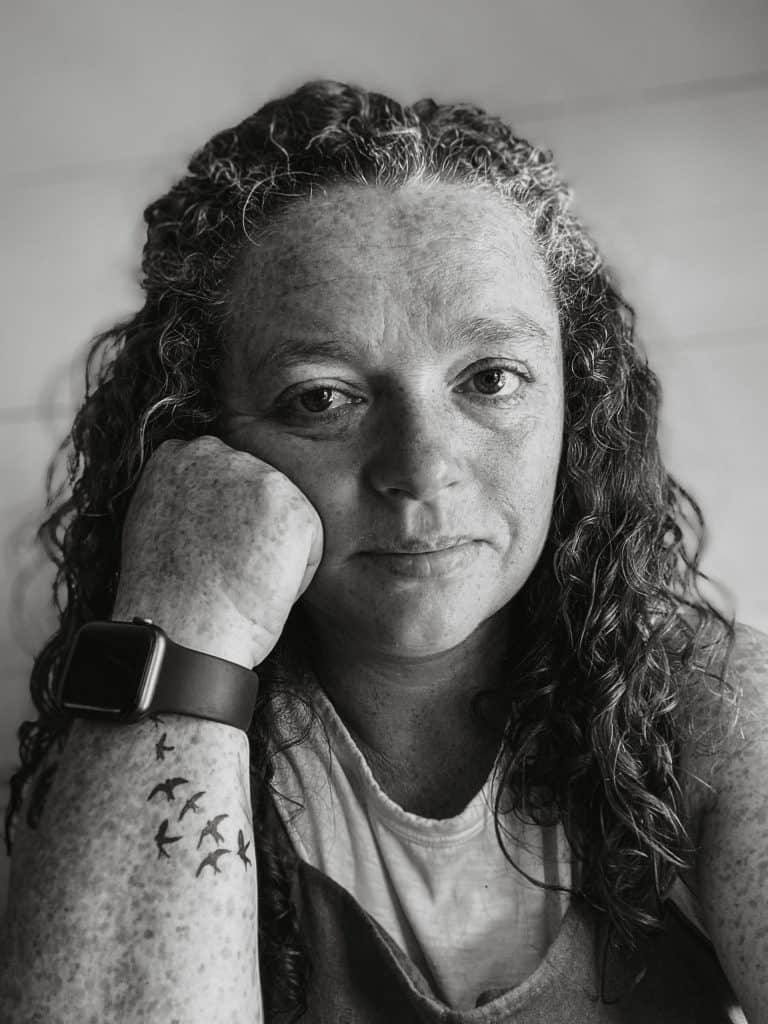Can I Use Cast Iron on a Glass Top Stove
If you’re wondering whether you can use cast iron on a glass-top stove, the answer is yes—with a little care. Cast iron is the backbone of my kitchen. Whether I’m whipping up a skillet cornbread, searing steak, or simmering soup in my Dutch oven, I rely on its versatility and heat retention. But with a glass-top stove, I’ve had to learn a few extra steps to keep my stovetop safe while still getting the best out of my cast iron cookware.
Here’s how I do it and what you need to know.

Why I Prefer Cast Iron Cookware
- I love cast iron because it’s simple, safe, and versatile. It’s free of harmful chemicals, so I can cook knowing it’s non-toxic and healthy for my family.
- Cast iron can handle everything—from frying to baking—and moves easily from the stovetop to the oven. It heats evenly and keeps food warm, which is perfect for everything from soups to skillet meals.
- It’s also incredibly durable. With proper care, cast iron lasts forever and gets better with age, building a natural non-stick surface.
- For me, it’s more than cookware—it’s about wholesome, simple cooking that fits perfectly into my kitchen.
Kitchen Tools (affiliate links): Field Company Skillets | Kitchen Rail
How I Use Cast Iron on a Glass-Top Stove
I use cast iron on my glass-top stove daily, and it’s easier than you might think. Here’s how I make it work:
1. Match the Pan to the Burner Size
Whenever I cook, I make sure to use pots and pans that match the size of the burner on my stove. This ensures even heat distribution and reduces the risk of uneven heating.
2. Inspect the Bottom of the Pan
Before cooking, I always check the bottom of my skillet or Dutch oven. A smooth, flat bottom is essential for even heat distribution and to avoid scratches on the glass surface.
3. Lift, Don’t Slide
Cast iron can be heavy, and sliding it across a glass stovetop can cause scratches or cracks. I always lift my cookware when moving it.
4. Gradual Heating
To avoid thermal shock, I always start cooking with medium heat and let the pan warm up slowly. Cast iron holds heat so well that I rarely use high temperatures.
5. Clean Spills Immediately
Spills can burn onto the glass and cause stubborn residues. Wipe up messes as soon as they happen.

Dos and Don’ts for Cast Iron on Glass Stoves
Dos:
- Use flat-bottomed cast iron for better stability.
- Gradually heat your pans to avoid sudden temperature changes.
- Match the size of your cookware to the burner.
- Clean the bottom of your pans before each use.
- Keep the stove top surface clean.
Don’ts:
- Don’t crank up the heat too quickly—slow and steady is best.
- Never drag cast iron across the stovetop; always lift it.
- Avoid using cracked or rough-bottomed cookware.
- Don’t drop your cast iron on the stovetop.
If you love cooking with cast iron as much as I do, a glass-top stove doesn’t have to hold you back. Take it slow, keep your cookware clean, and enjoy the timeless cooking experience cast iron provides.


The Cast Iron I Prefer: Field Company
When it comes to cast iron, I prefer Field Company skillets. The skillets have a smoother surface, which prevents scratches on my glass stovetop. Their flat-bottomed design works well on all types of cooktops.
Field Company cast iron is made to last a lifetime. With proper maintenance, it gets better with age, becoming a piece of cookware you can pass down. This aligns with my goal of keeping my kitchen simple and investing in tools I’ll use for years.
Field Company cast iron fits perfectly into my cooking style, and I highly recommend it if you’re looking for high-quality cookware that works beautifully on a glass-top stove.

Disclosure: I am not a professional. I’m simply sharing what has worked in my kitchen over the past 20 years of cooking. The tips and experiences shared here are based on my personal preferences and what I’ve found to be effective in my own home.

About Sarah
Wife. Mother. From-Scratch Cook. Homemaker.
I’m Sarah, the creator of Rocky Hedge Farm, where I share my love for simple living, homemade meals, and creating a cozy home. As a wife and mother, I’m passionate about slowing down, cooking from scratch, and finding joy in the everyday moments of life. From DIY projects and family-friendly recipes, I hope to inspire others to embrace a life rooted in simplicity and warmth.





